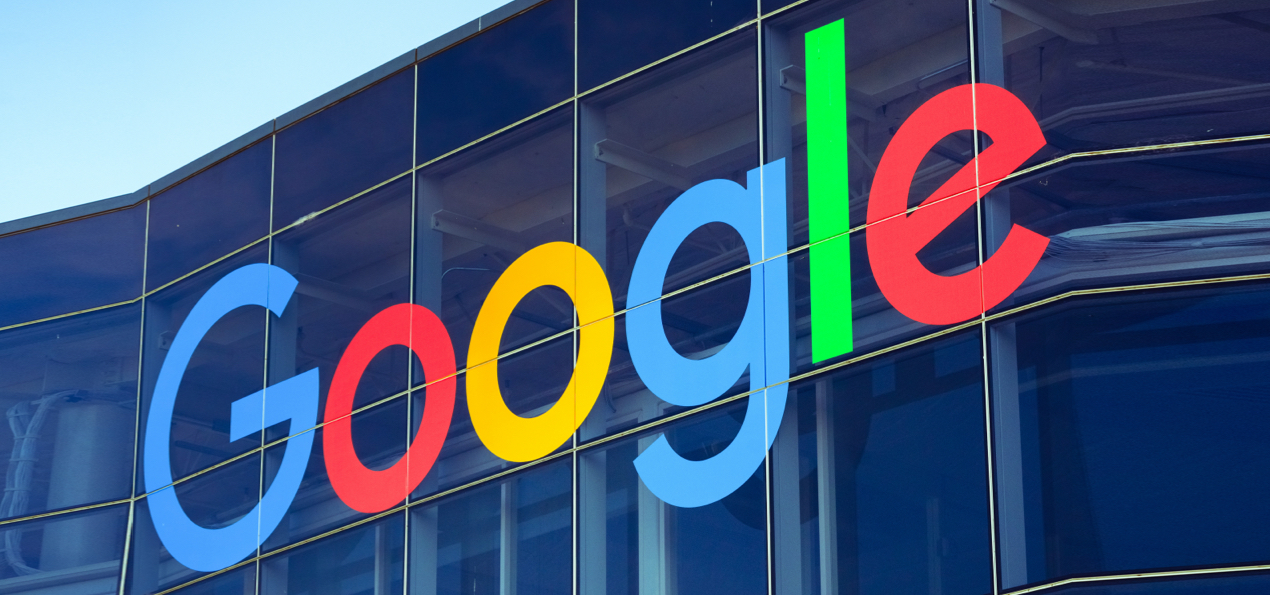Google is finally implementing the Privacy Sandbox. A big game is on!
Published: May 22, 2023

A few years ago, Apple, Google, and Mozilla all disclosed plans to gradually reduce support for third-party cookies in their web browsers in response to user privacy concerns.
As cookies are the lifeblood of the online ecosystem, everyone took different approaches to combating the profound impact they could have on the digital advertising world. Needless to mention, the privacy regulations are already making it harder for brands to collect and use users’ personal data.
Despite the fact that other browsers, such as Safari and Firefox, had already blocked third-party tracking cookies, Google Chrome remained to use them.
To effectively deal with this, as its first step, Google unveiled the Privacy Sandbox in 2020, which aims to replace third-party cookies with a more privacy-conscious approach.
And, after years of talking about it and releasing various experiments, the online advertising industry is about to get it real. Google recently announced plans to move 1% of Chrome users to the Privacy Sandbox and deprecate third-party cookies for them in the first quarter of 2024. Also, the company's plan to phase out third-party cookies entirely by the second half of 2024 remains on track.
Google announced that Chrome 115, which will be released in July, will include support for the Privacy Sandbox collection of replacement standards, allowing businesses to test them on a larger scale.
This will not be enabled by default for everyone. However, users may enable them without joining a trial before they are enabled by default for more people.
Google currently has no plans for intermediate steps to increase this number beyond 1% throughout 2023.
What does it mean for brands and marketers?
A cookie-less world is inevitable. Although marketers have already come to terms with this fact, the fear around how they are going to track users across the web and achieve targeted advertising in the absence of cookies remains a major headache.
After much controversy, Google is finally taking its first step with its privacy sandbox initiative. On the one hand, with the CMA (Competition and Markets Authority) closely watching Google’s move, the entire digital advertising world is keeping an eye on the kind of implications it will have on the ad ecosystem.
Although success or failure cannot be determined overnight, this initial step will provide an overall idea for marketers to understand how the demise of third-party cookies will impact measurement and targeting.
No matter what, now is the time for marketers to embrace privacy-centric strategies and be well-prepared to face the cookie-less world that users value the most, and the ad industry is already on board.
And here are a few things we believe marketers should embrace in order to successfully navigate the cookie-less world:
- Brands should focus on strengthening their relationships with customers by encouraging them to subscribe to newsletters and create accounts so as to gather data on their interests and preferences.
- Leverage AI and machine learning technologies the most to influence customer behaviour on the website and collect meaningful insights to achieve targeted advertising.
- Brands must build a concrete first-party data strategy, as first-party customer information helps them create more purposeful marketing and bring greater efficiency to their business operations.
- Brands must stop relying completely on cookies and start implementing contextual targeting. This way, they could ensure their offers and ads align with their users’ interests and improve engagement and ROI even in the absence of cookies.
- Marketers must be ready to test new technologies and keep an eye on emerging alternatives in order to drive effective marketing campaigns while respecting consumer privacy.
- Executing a CMP (consent management platform) must not be overlooked to manage user preferences and consent. This ensures transparency and compliance while giving users the ability to customise their level of data sharing. This, in turn, helps them provide personalised experiences to users.
In essence, the era when marketers were only debating the implications of third-party cookie deprecation and privacy sandboxes has come to an end. They will be witnessing it very soon. Meanwhile, it is undeniably crucial for businesses that don’t want to be left behind in the post-cookie world to focus on building privacy-centric marketing strategies.










Be the first one to comment.